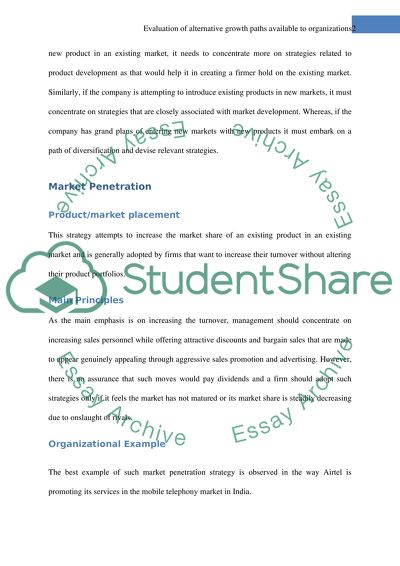Cite this document
(“Evaluation of alternative growth paths available to organizations Essay”, n.d.)
Retrieved from https://studentshare.org/environmental-studies/1411563-with-the-aid-of-specific-real-life-organisational
Retrieved from https://studentshare.org/environmental-studies/1411563-with-the-aid-of-specific-real-life-organisational
(Evaluation of Alternative Growth Paths Available to Organizations Essay)
https://studentshare.org/environmental-studies/1411563-with-the-aid-of-specific-real-life-organisational.
https://studentshare.org/environmental-studies/1411563-with-the-aid-of-specific-real-life-organisational.
“Evaluation of Alternative Growth Paths Available to Organizations Essay”, n.d. https://studentshare.org/environmental-studies/1411563-with-the-aid-of-specific-real-life-organisational.


